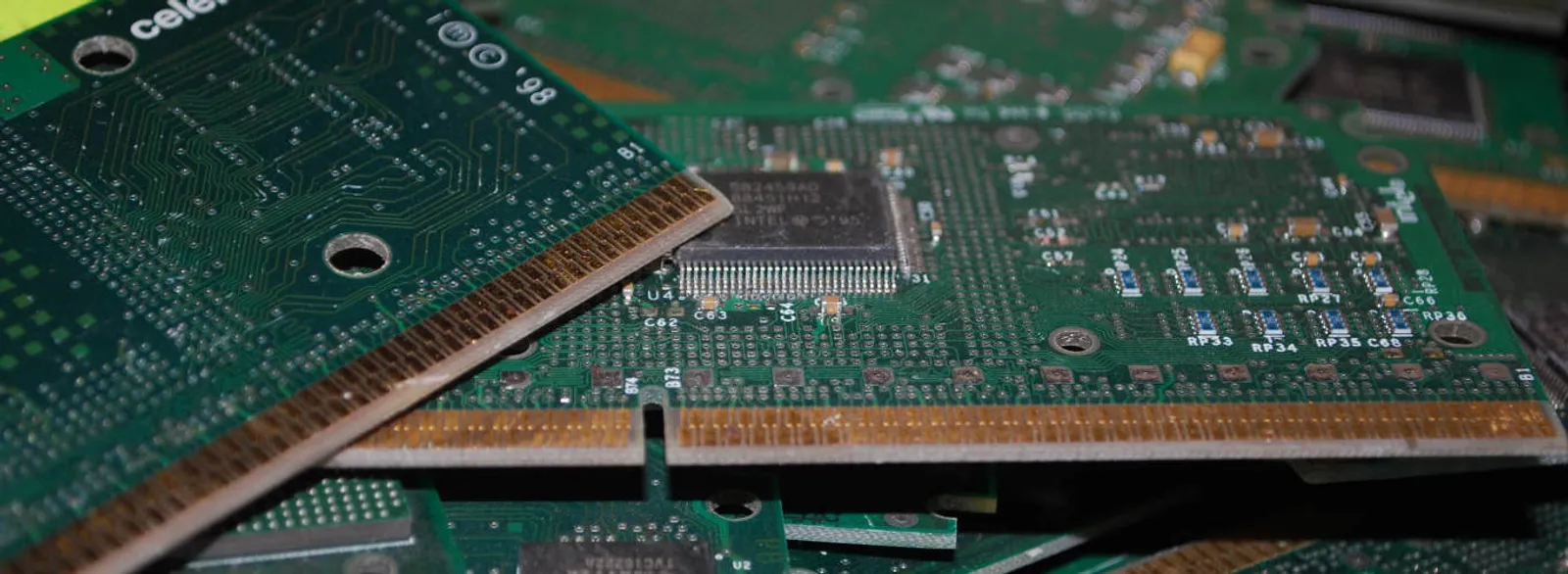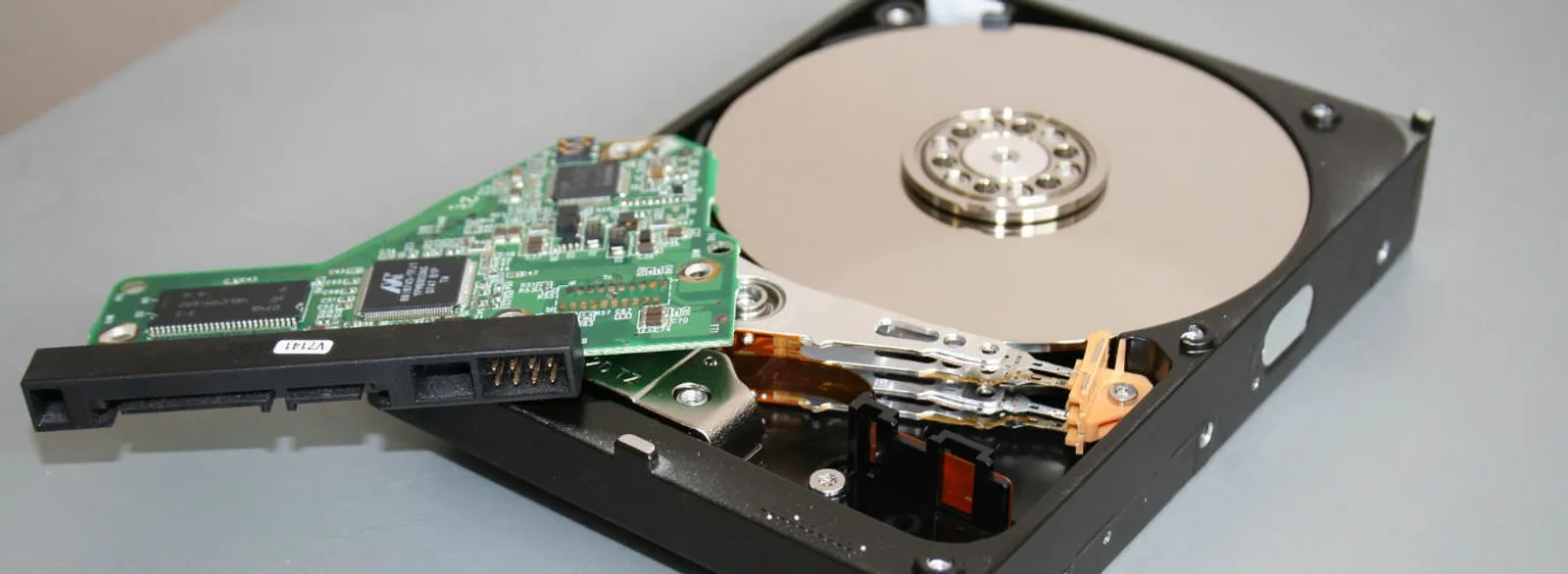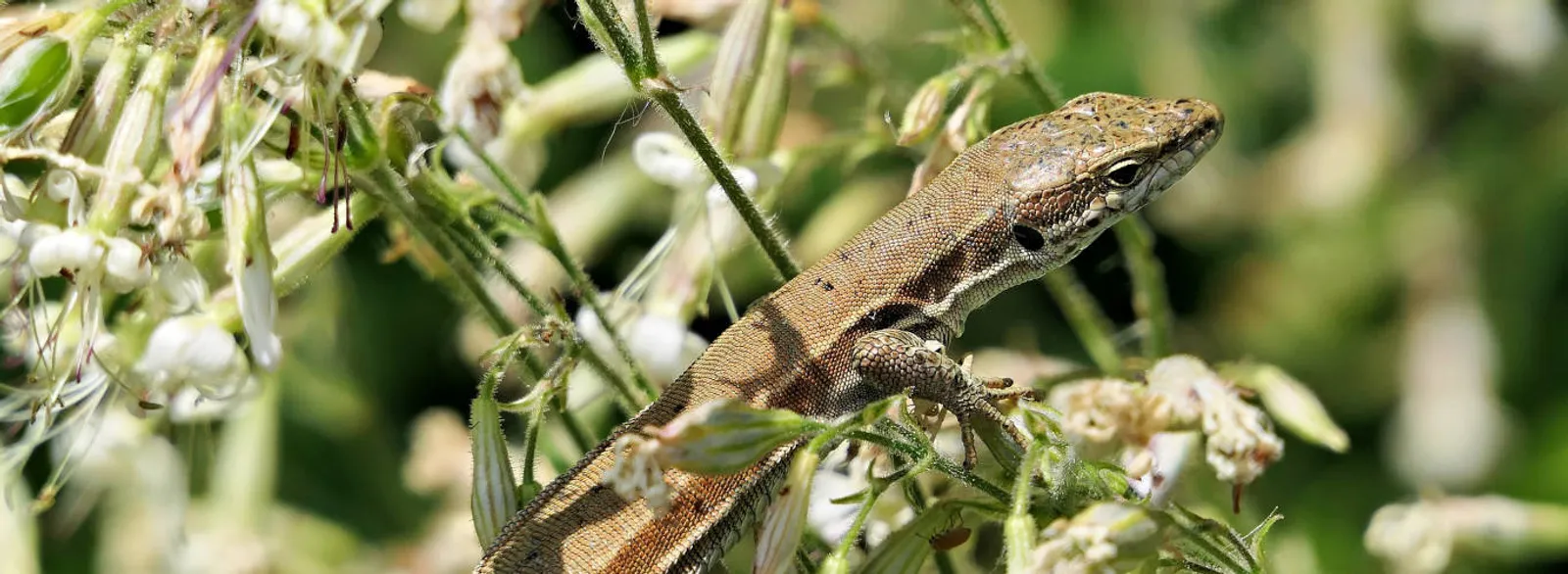If you are interested in ecology and recycling - sign up for our newsletter
Designing for Durability and Repairability
In a circular economy, manufacturers create products that are built to last and are easy to repair. This allows people to repair or upgrade their devices instead of throwing them away and buying new ones. By making products that last longer, we can reduce the amount of e-waste produced and save valuable resources. Consumers can also play a part in reducing e-waste by choosing products that are made to last. Products that are durable and easy to repair reduce the need for frequent replacements, which means less demand for raw materials and less energy used in making new products.
Designing products for repairability also means that manufacturers should provide access to spare parts, repair guides, and affordable repair services. This makes it easier for people to fix their devices, which helps reduce the amount of e-waste. Governments can also help by making laws that require manufacturers to prioritize durability and repairability in their product designs.
Promoting Reuse and Refurbishment
Another important part of the circular economy is encouraging reuse and refurbishment. Instead of throwing away old electronics, they can be refurbished, resold, or donated to people in need. This not only reduces e-waste but also helps provide technology to people and communities who may not be able to afford new devices. By extending the life of electronic products, we can reduce the need for new resources and lower the environmental impact of making new devices.
Refurbishing electronics also helps reduce their carbon footprint. By reusing devices, we can significantly lower the emissions that come from making and transporting new products. Reuse programs can also make technology more affordable for schools, non-profit organizations, and underserved communities, helping more people get access to digital resources. Encouraging people to buy refurbished electronics instead of new ones can also help make the electronics market more sustainable.
Closing the Loop with Recycling
Recycling is a key part of the circular economy because it makes sure valuable materials are recovered and used again in new products. By closing the loop, manufacturers can use fewer raw materials and reduce the environmental impact of mining and resource extraction. Recycling e-waste is an important step in creating a more sustainable and resilient economy. Proper recycling helps recover valuable materials like gold, silver, and copper, which can be reused in making new electronic devices.
To close the loop effectively, it's important to invest in better recycling technologies and infrastructure that can handle the complex materials in modern electronic devices. Many electronic products contain a mix of metals, plastics, and other materials that need special recycling processes. By improving recycling methods and increasing the capacity of recycling facilities, we can make sure more e-waste is processed correctly and valuable materials are recovered. Raising awareness about the importance of recycling and making it easy for people to recycle their old electronics can also help increase recycling rates and reduce the amount of e-waste that ends up in landfills.
Collaboration among different groups is also important for closing the loop. Governments, manufacturers, and recycling companies need to work together to create efficient systems for collecting e-waste and making sure it is sent to certified recycling facilities. Programs like extended producer responsibility (EPR), which require manufacturers to take responsibility for their products at the end of their life, can help promote recycling and reduce the environmental impact of e-waste. By encouraging a culture of recycling and resource recovery, we can create a more sustainable future for electronics.
The circular economy is a promising way to make the electronics industry more sustainable. By focusing on designing products that are durable and easy to repair, promoting reuse and refurbishment, and closing the loop with effective recycling, we can significantly reduce the environmental impact of electronic waste. Making this happen will require action from manufacturers, consumers, governments, and other groups. By working together, we can create a system that reduces waste, conserves resources, cuts greenhouse gas emissions, and supports a strong and sustainable economy.





